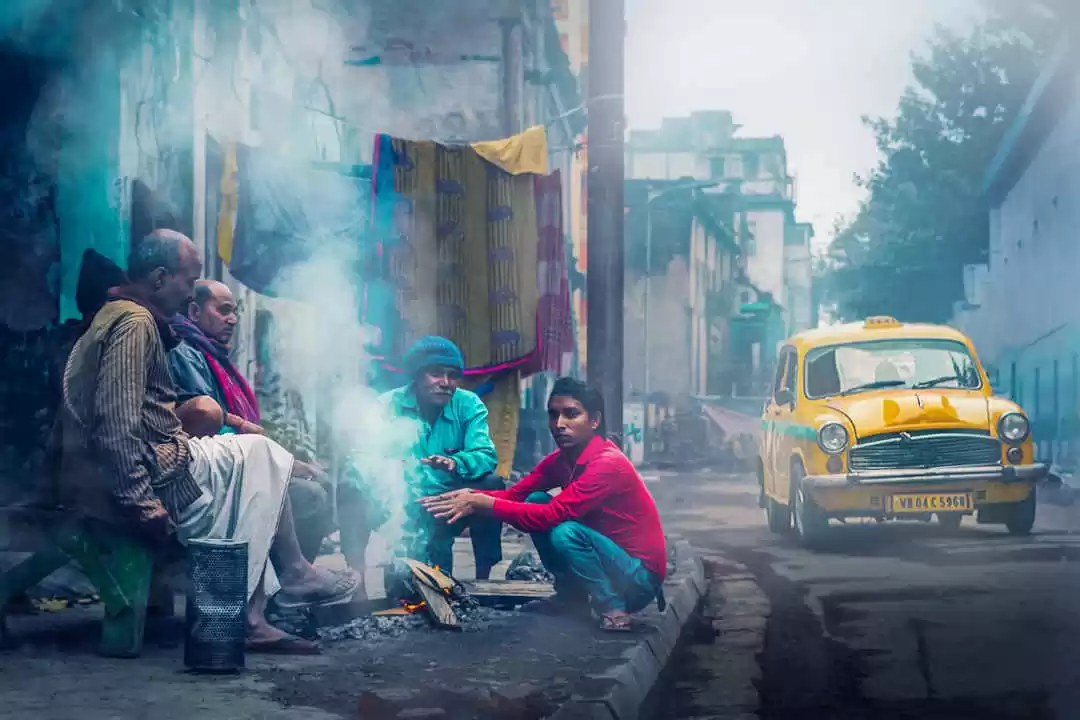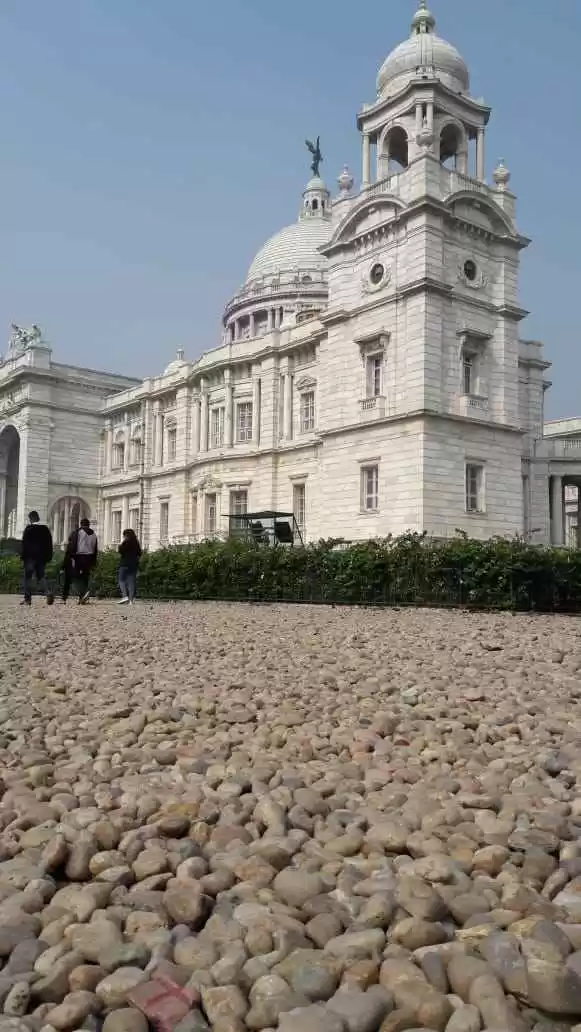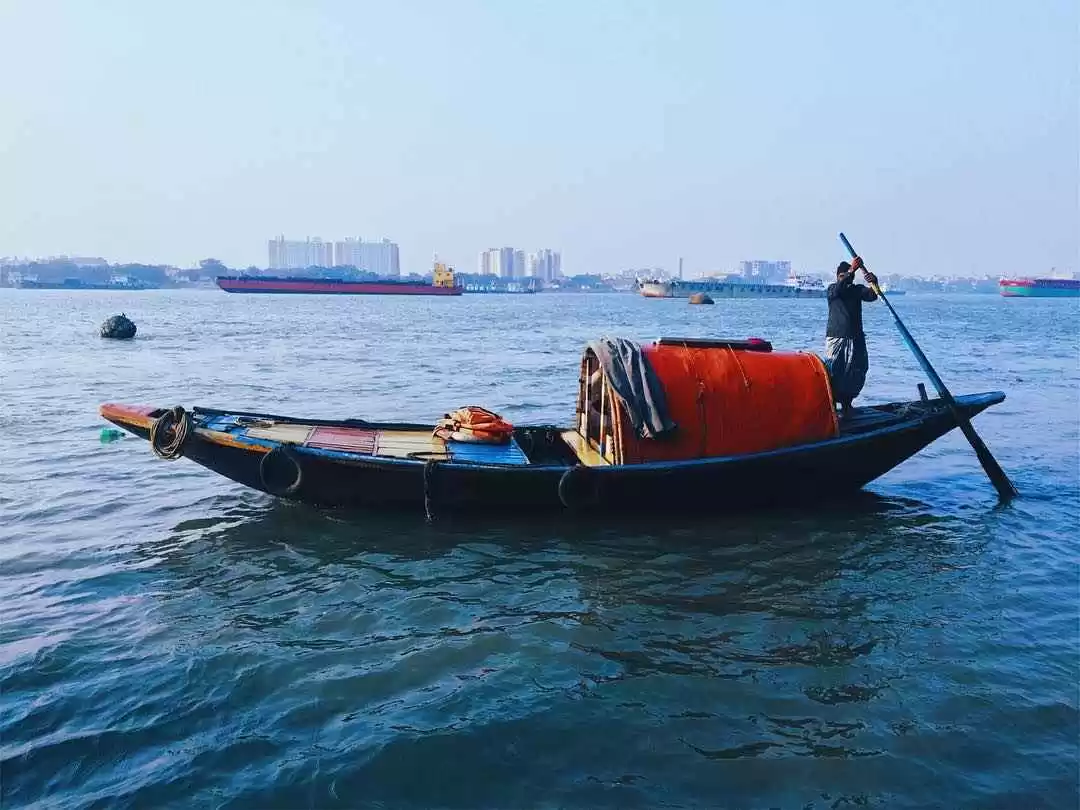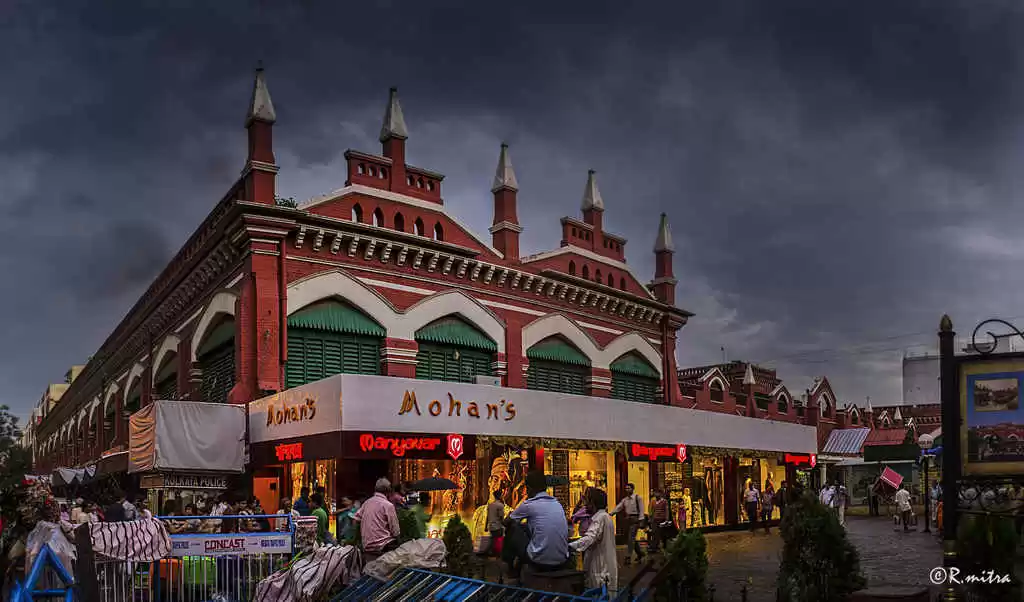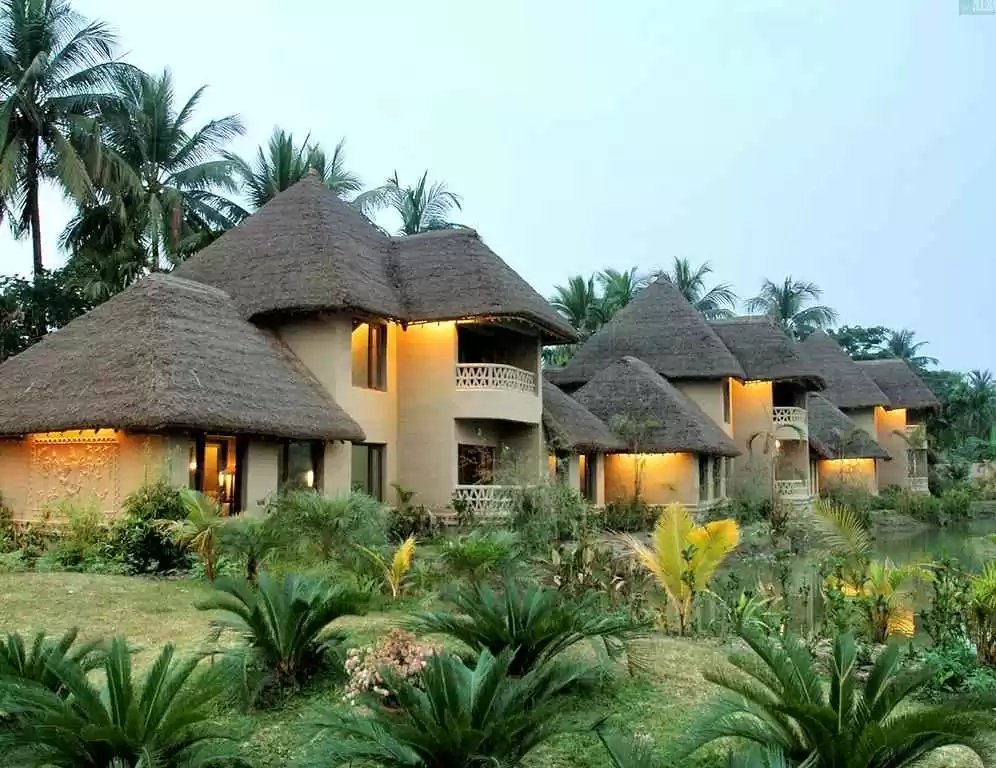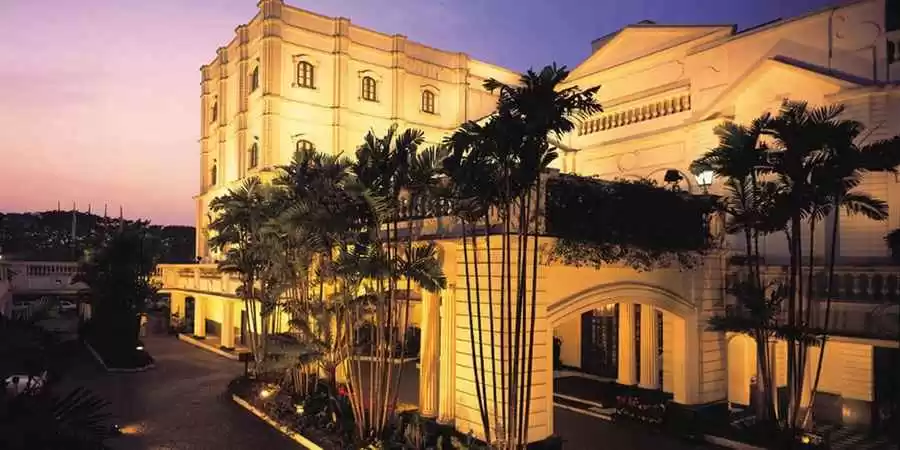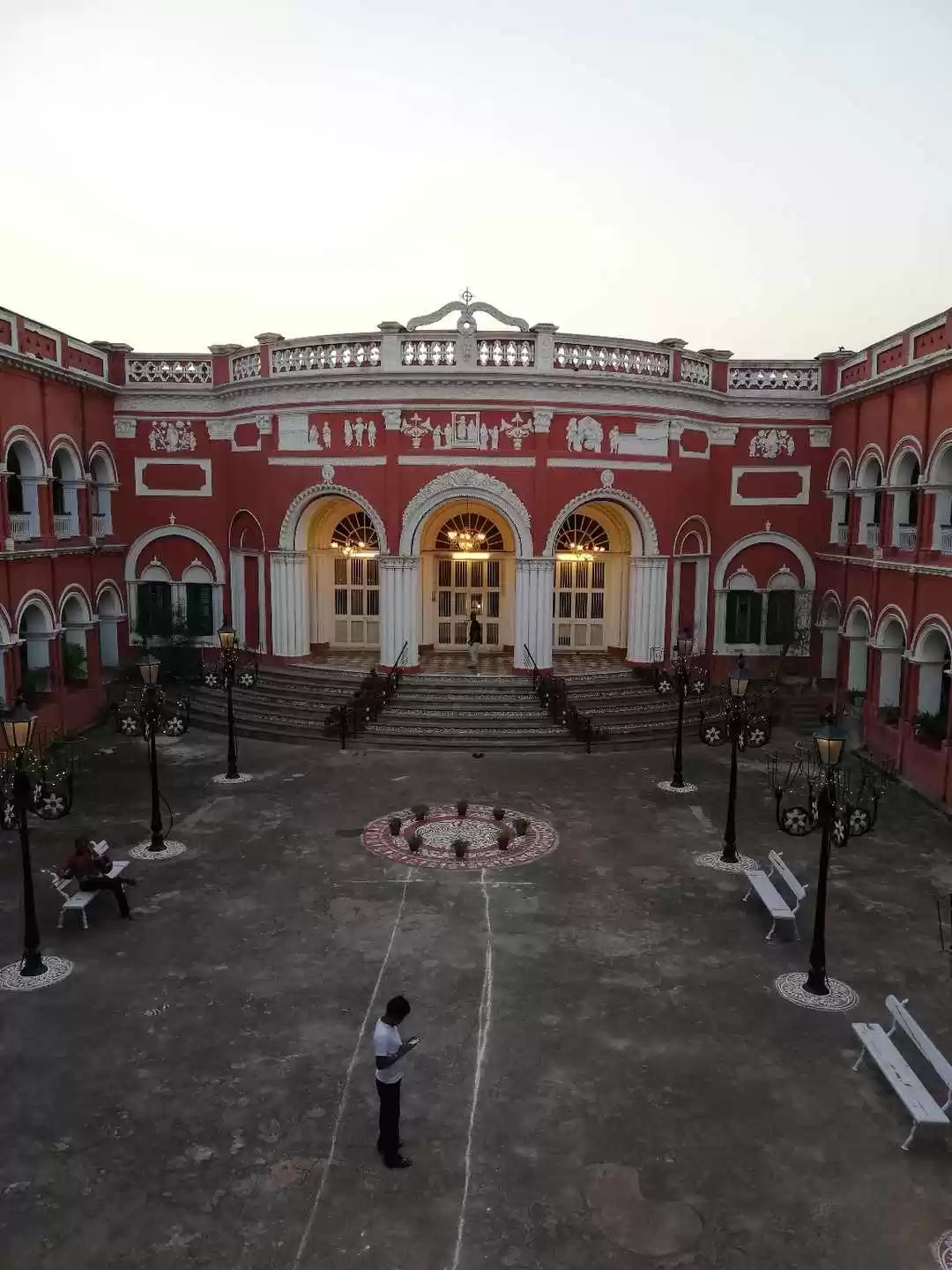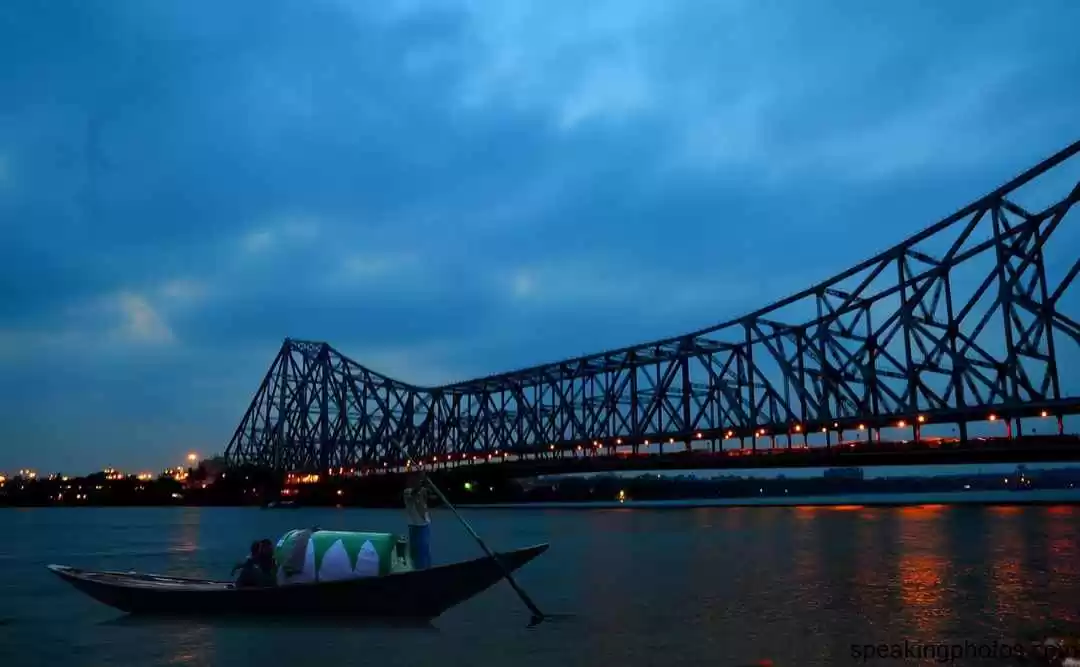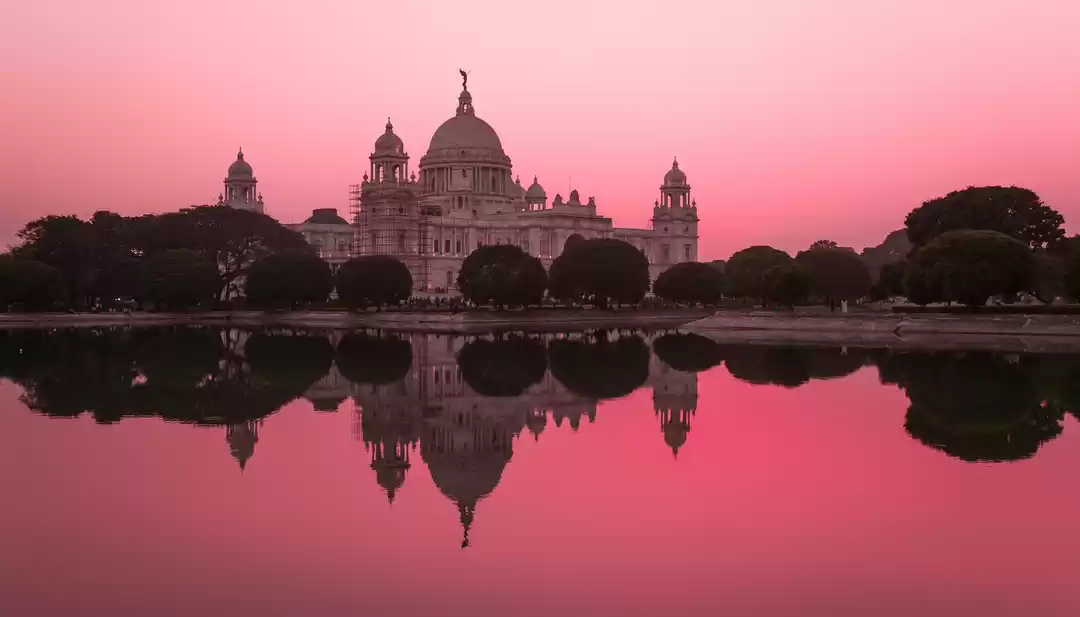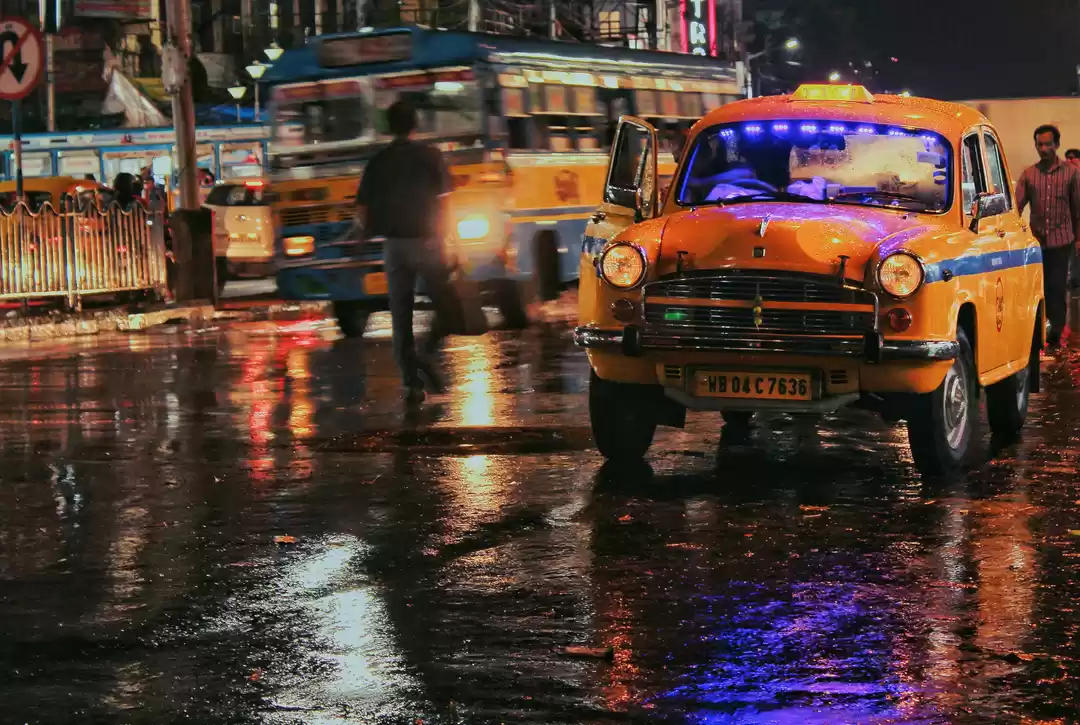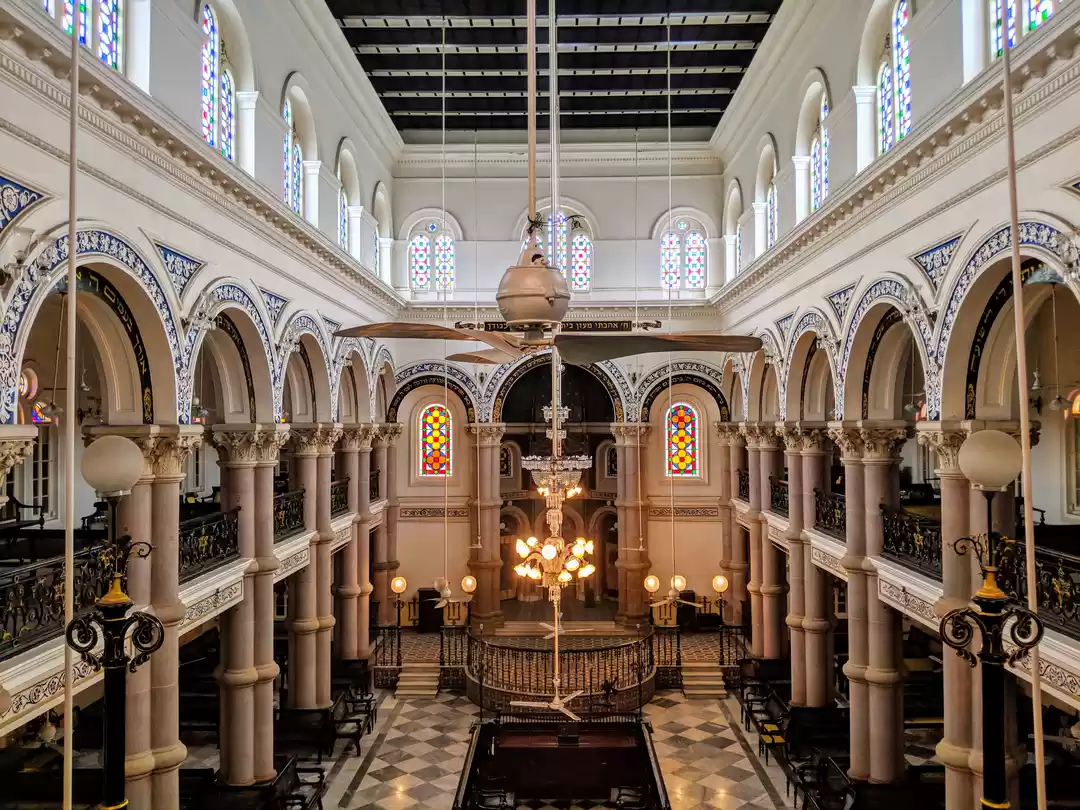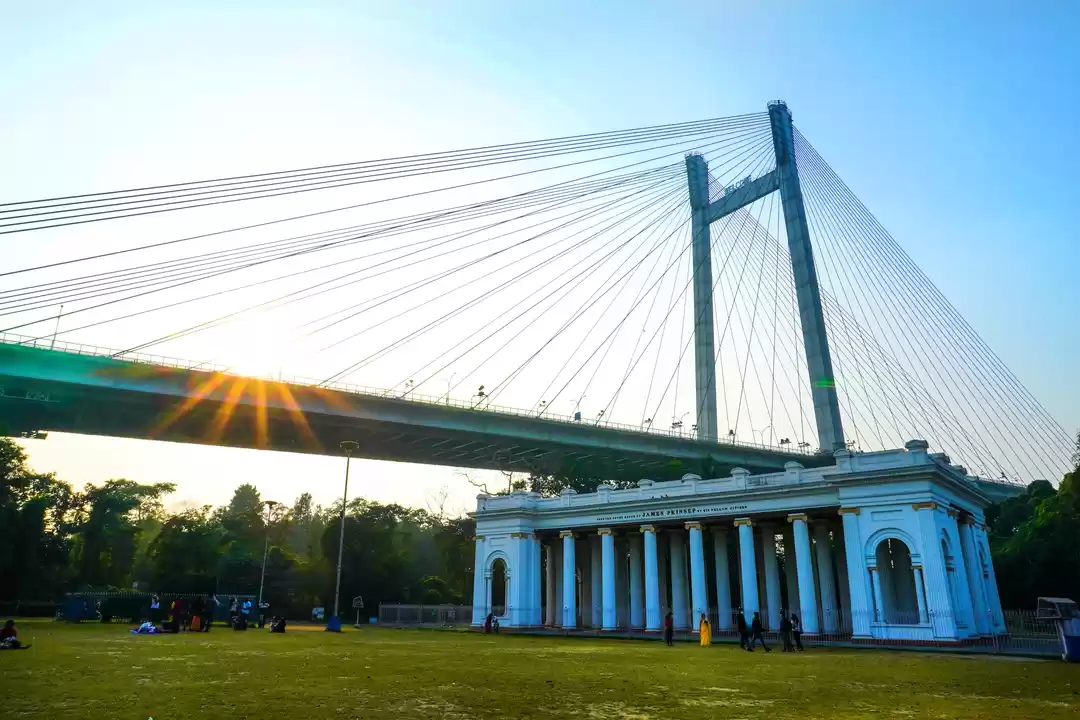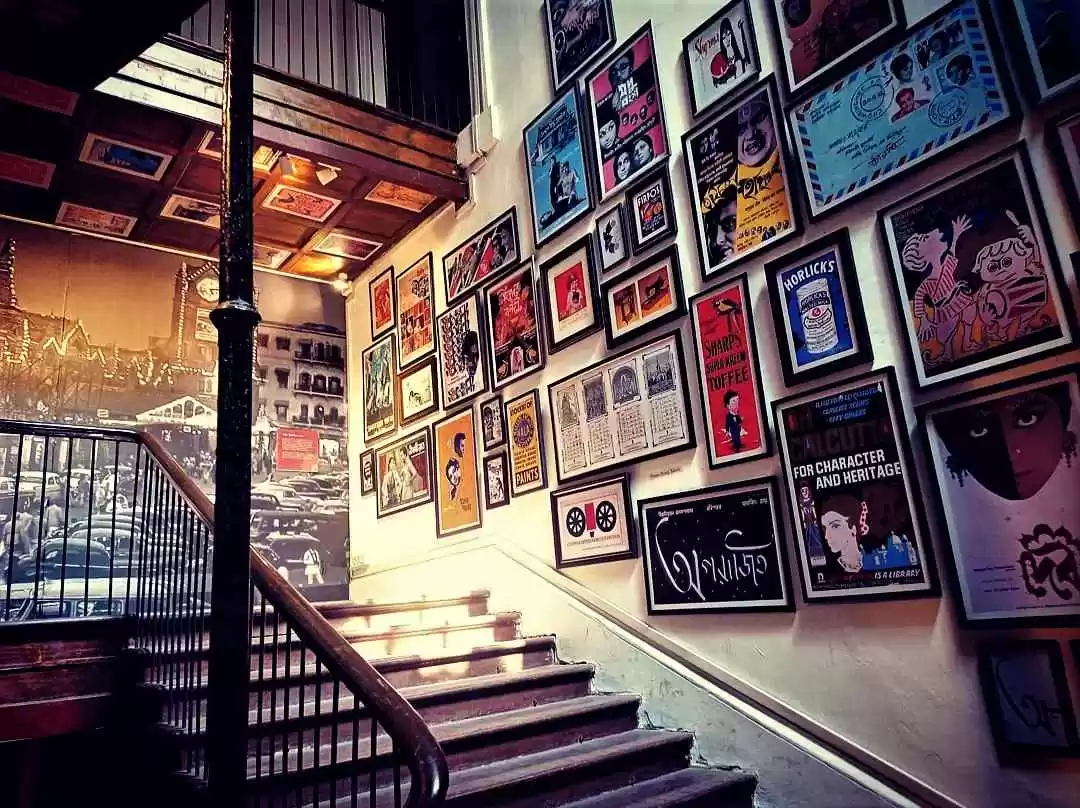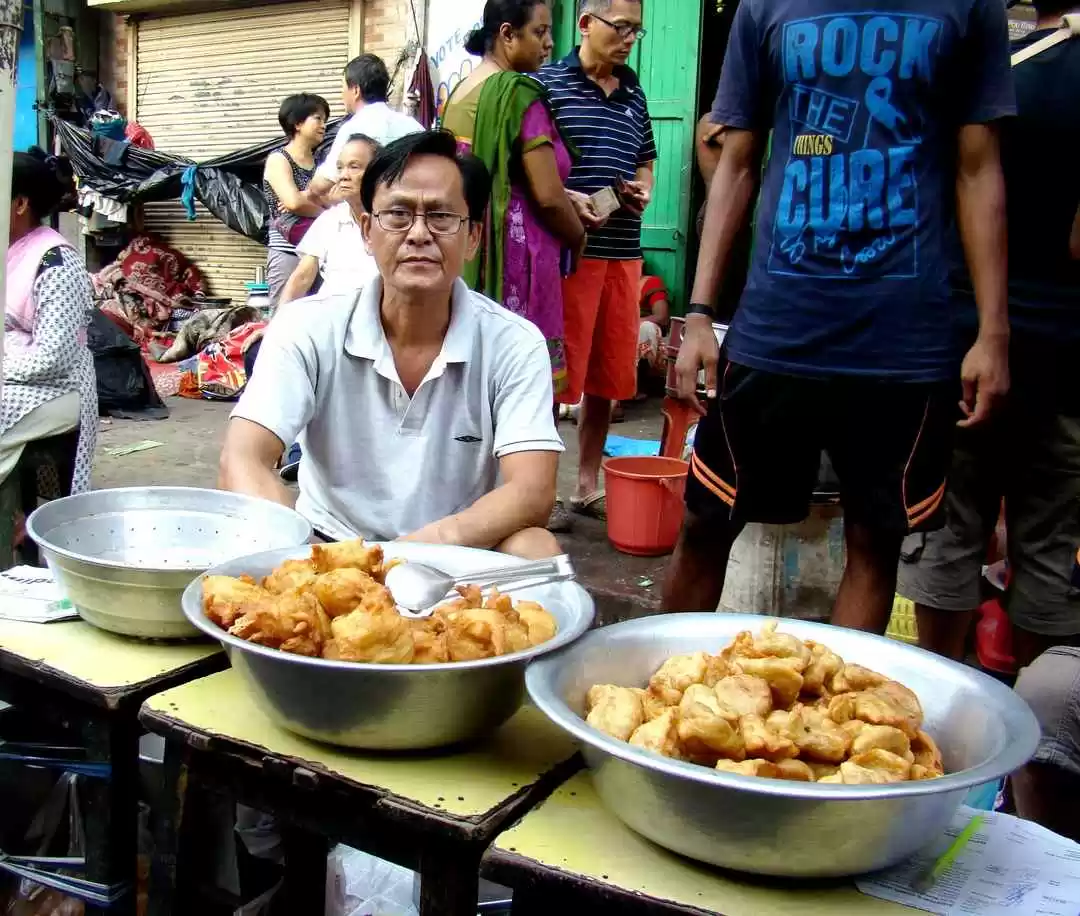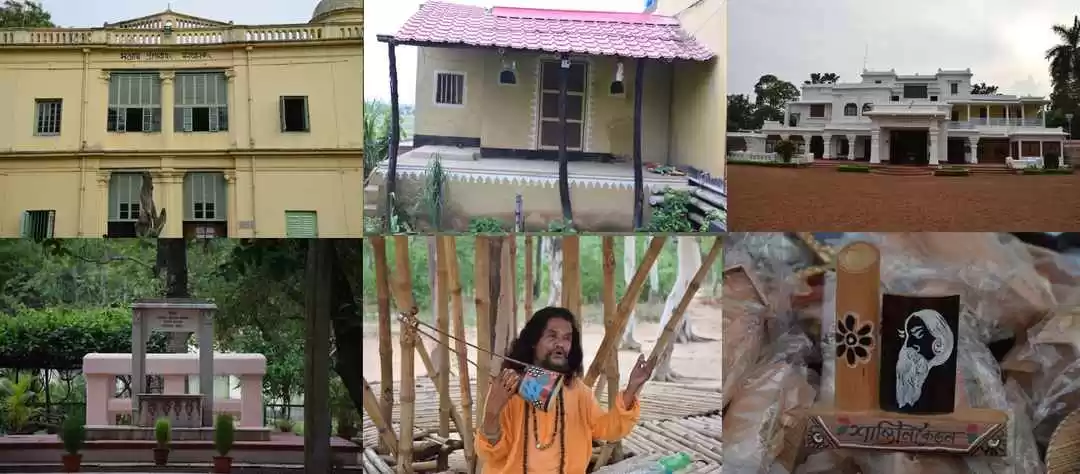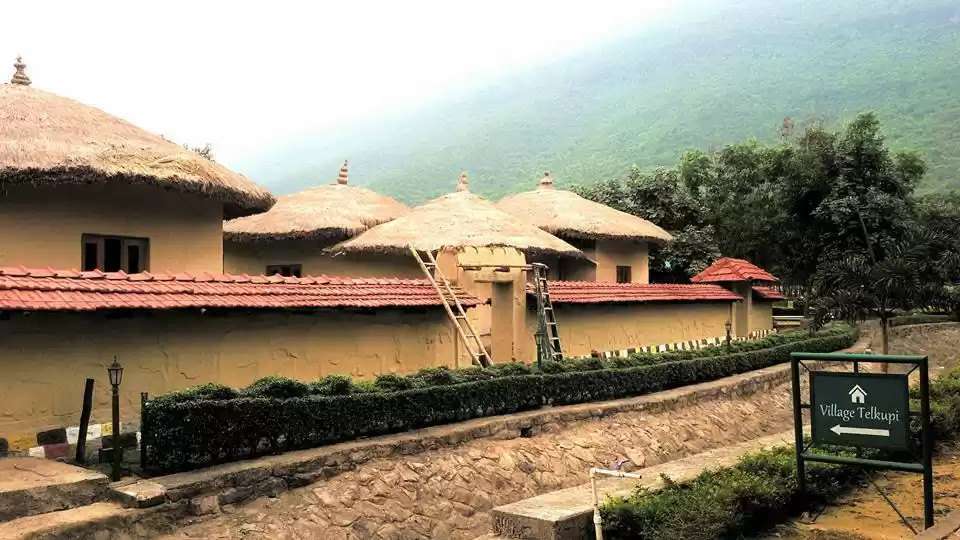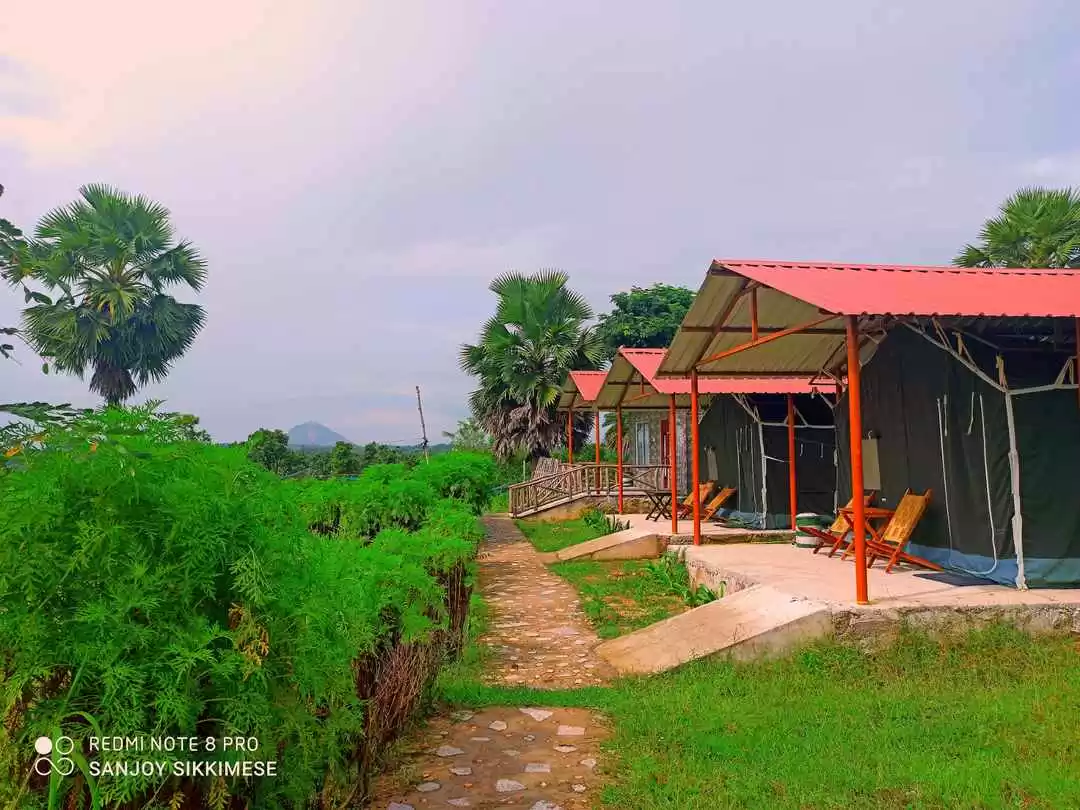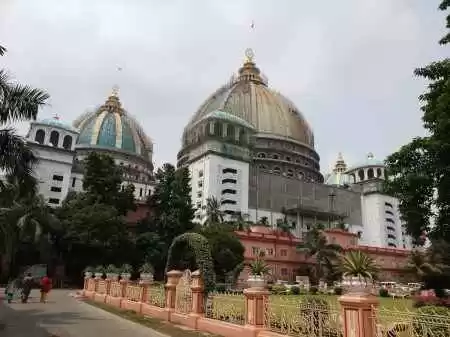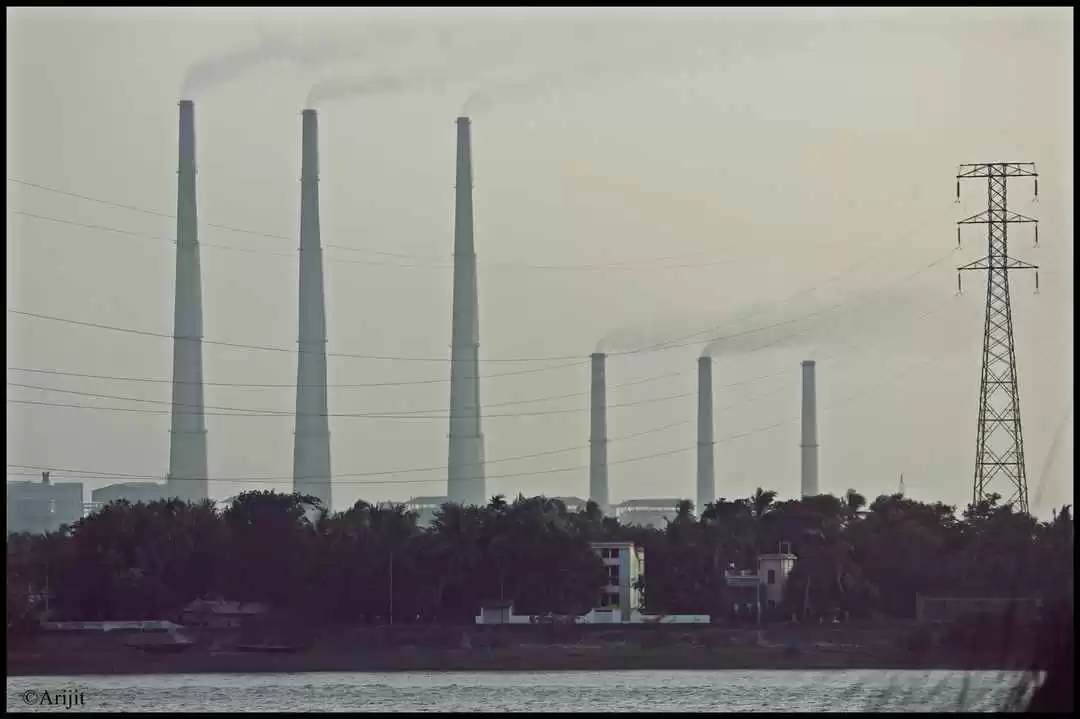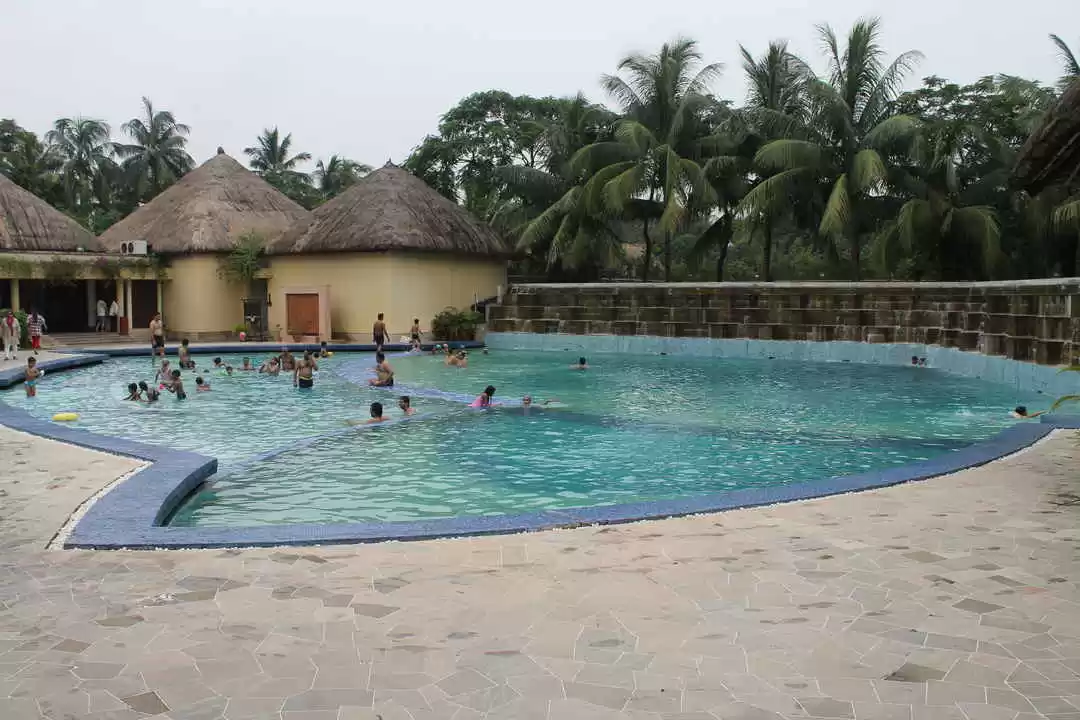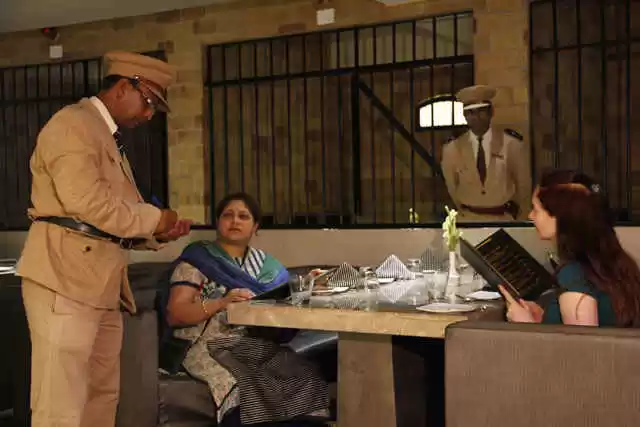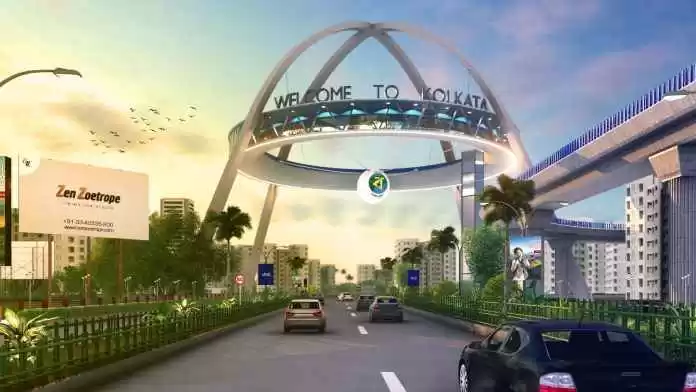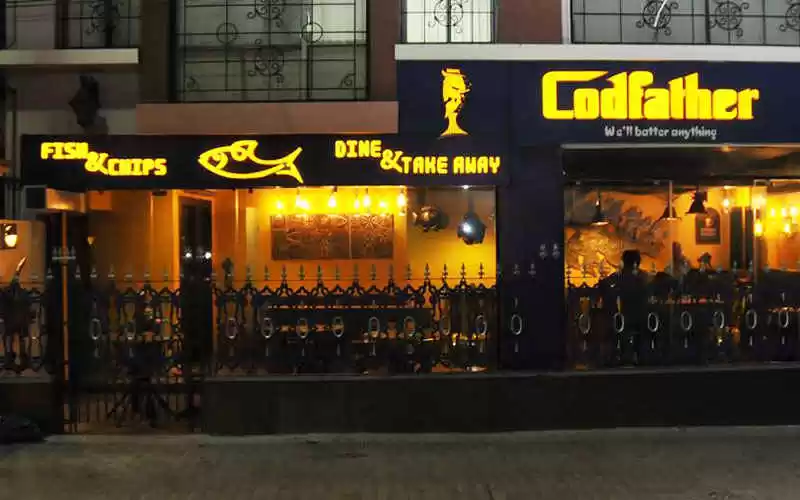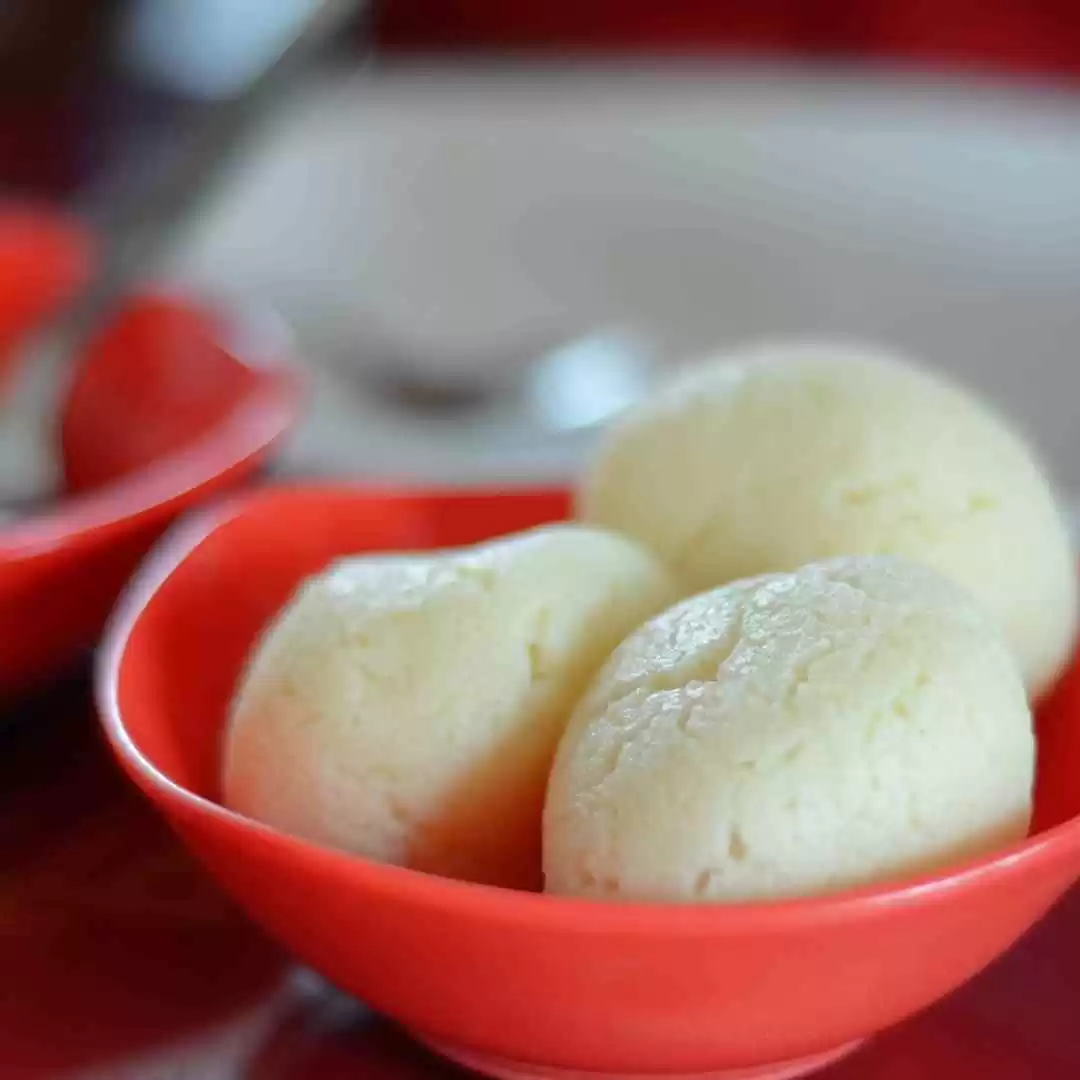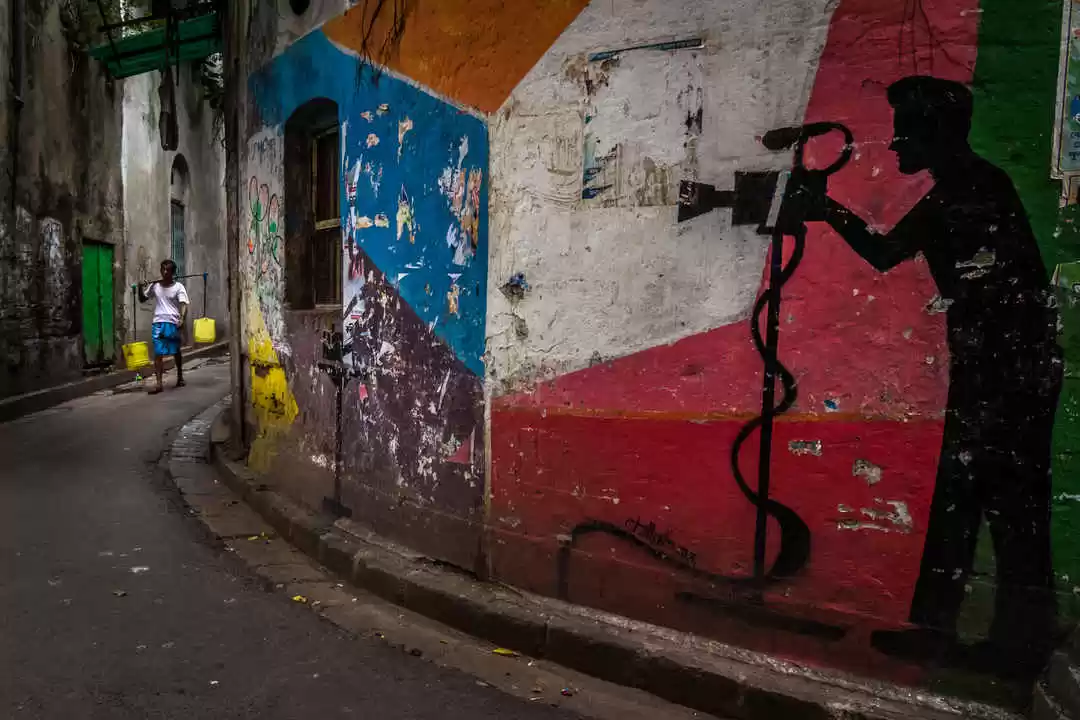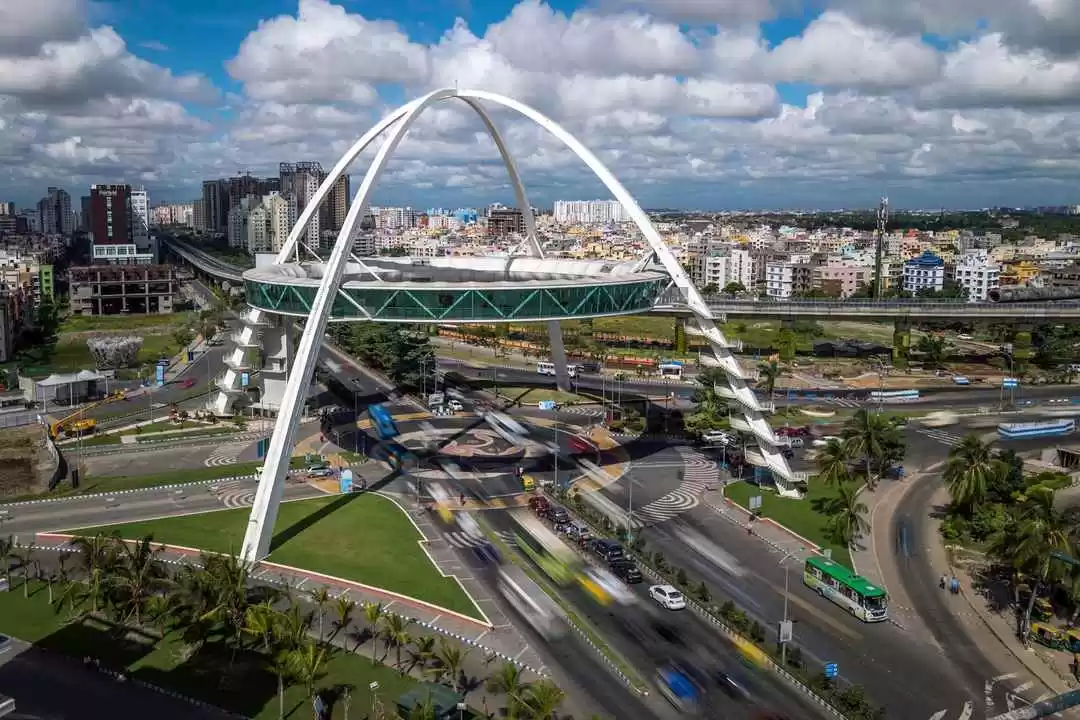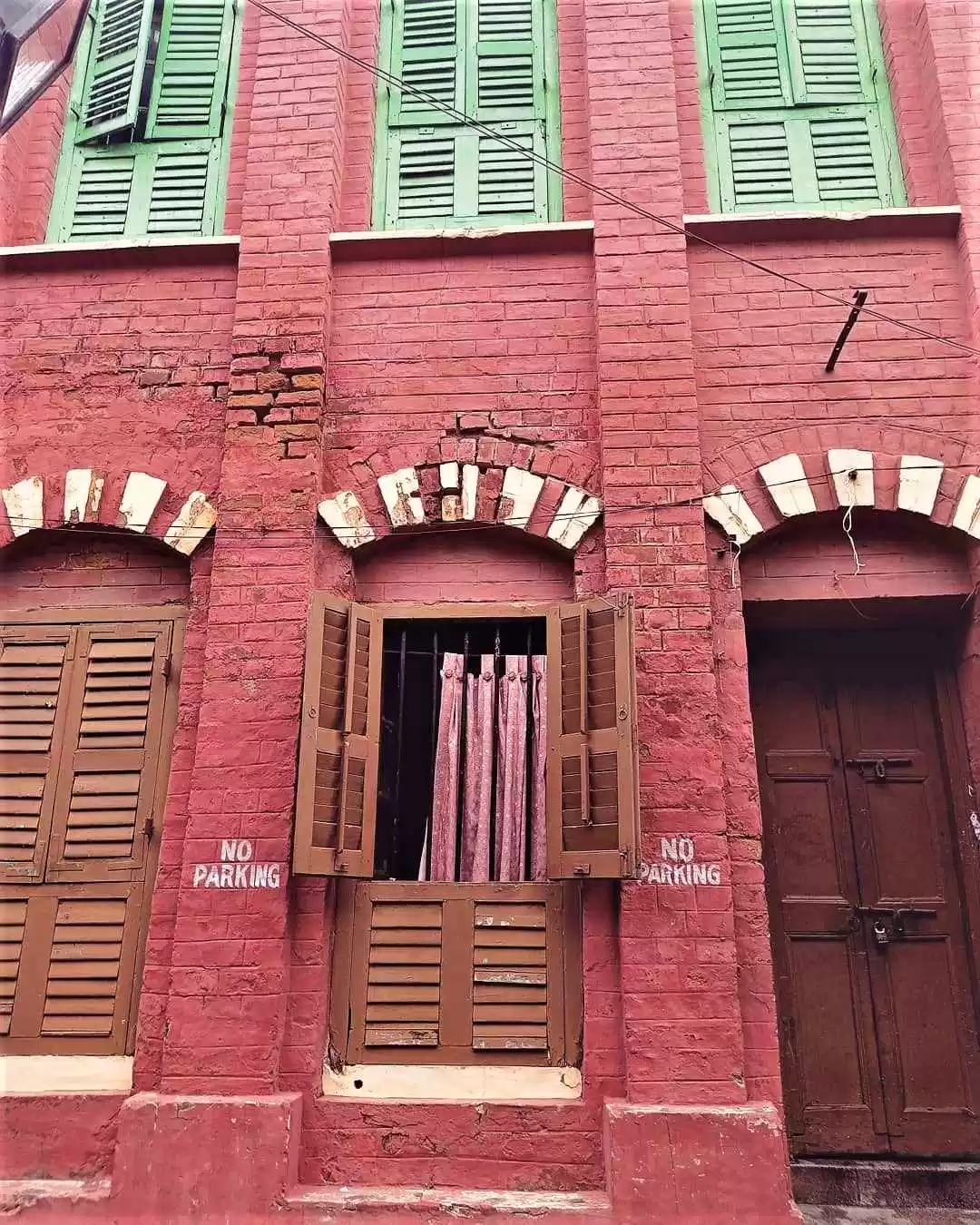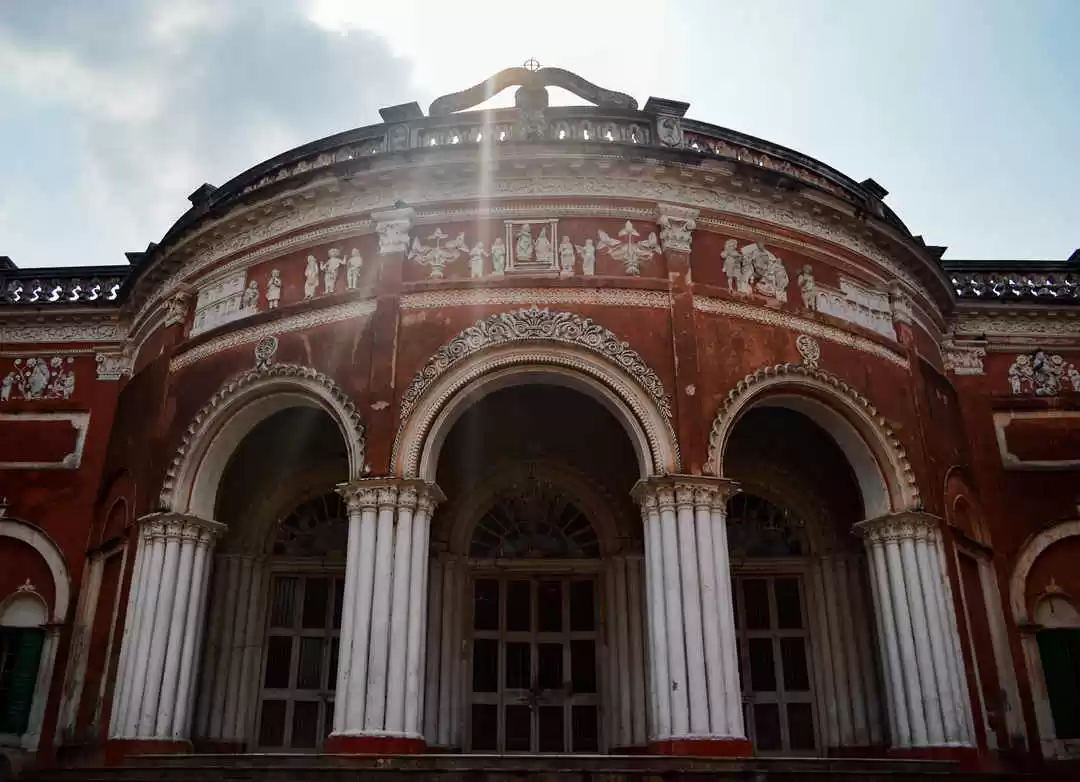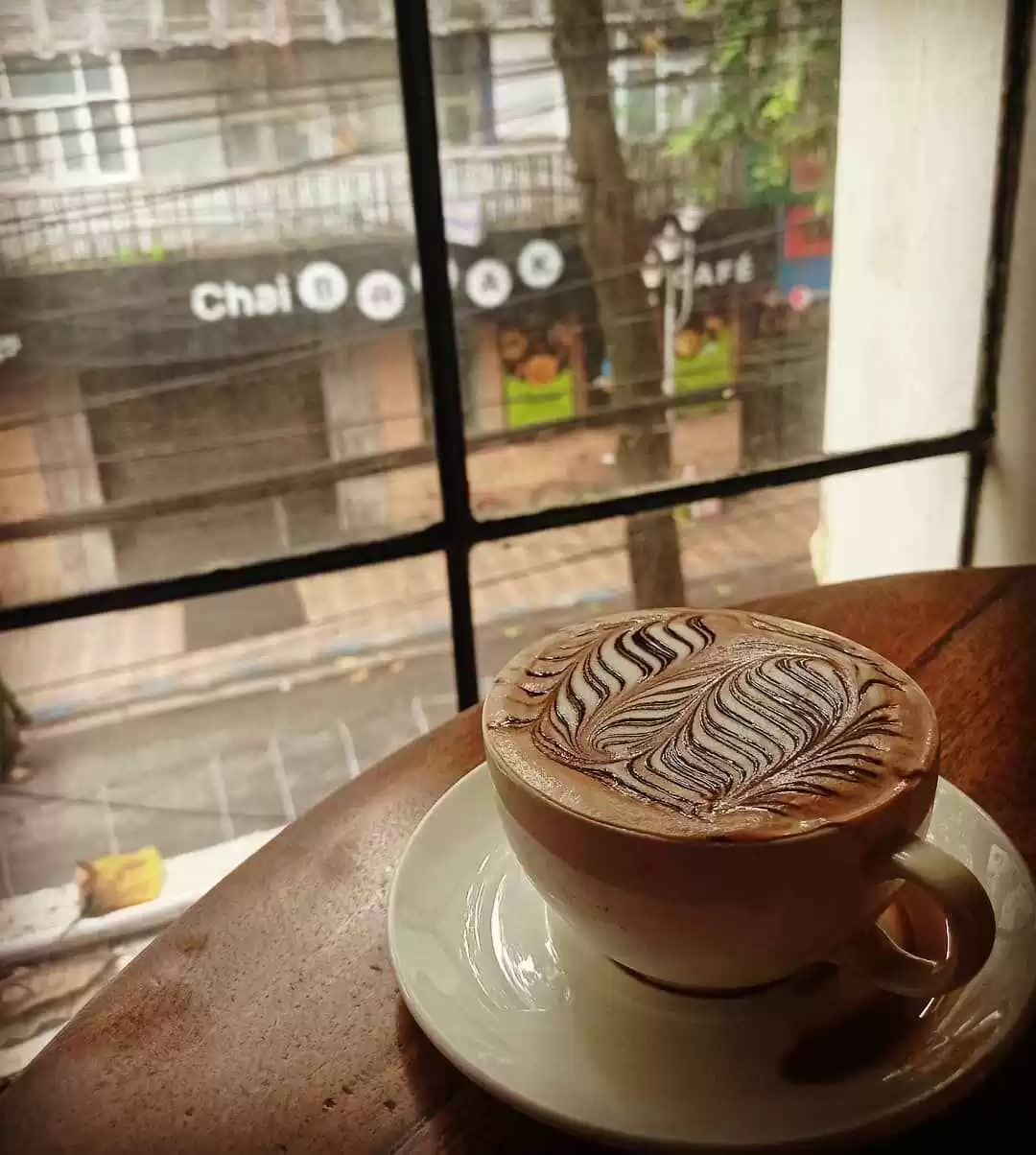Kolkata Tourism and Travel Guide
All You Need To Know About Kolkata
Read real accounts of travellers in Kolkata, upcoming events, latest news, and find all you need to know to discover City of Joy!
Get Planning: Find Where To Stay in Kolkata
Choose from best hotels in Kolkata, and the best resorts in Kolkata to experience the city of contrasts at its best, and make your stay more comfortable in Kolkata.
When in Kolkata: Don't Miss These Travel Experiences
Spend Your Weekend In These Locations Near Kolkata
Take A Virtual Kolkata Tour: The State In Pictures & Videos
Post About Your Kolkata Trip & Make it to Editor's Picks
Best Time to Visit Kolkata
Peak Season: October to March is the best time to visit the city. October sees the beginning of autumn in Kolkata, which apart from ushering in the festival season, makes for pleasant weather. In winters, temperatures drop to as low as 9°C, and there’s occasional rainfall too.
Shoulder Season: June to September are the months when the monsoons hit Kolkata, rendering the city into lush green haven. For travellers who don’t mind the rain, this is when the city is at its most beautiful.
Off-season: April to May is the time when Kolkata is scorching hot, but after sundown, the heat is bearable. Hotel prices and air fares drop during these months, and so does the tourist population.
Budget for Kolkata
For Budget Travellers: INR 800 - 1200 a day
- Accommodation in hostels and basic fan rooms in guesthouses: INR 350-700
- Food in local shops and street eateries: INR 100-200
- Public Transport in metro and buses: INR 5 - 100
- Sightseeing (Entry-tickets & shows): INR 10 - 200 (INR 500 and upwards for foreign nationals)
For Mid-range Travellers: INR 1500 to INR 3000 a day
- Accommodation in mid-range hotels and homestays with air-conditioning and TV sets: INR 1000 - 2500
- Food in mid-range cafes and restaurants: INR 300 - 500
- Local transport in auto-rickshaws and yellow taxis: INR 100 - 300
- Sightseeing & Tours: INR 10 - 1000 (INR 500 and upwards for foreign nationals)
For Luxury Travellers: INR 7500 and upwards
- Accommodation in 4* or 5* hotels: INR 5000 and upwards
- Food in upscale restaurants and bars: INR 1000 and upwards
- Local transport in cabs: INR 350 and upwards
- Sightseeing, Guided Tours: INR 1000 and upwards


